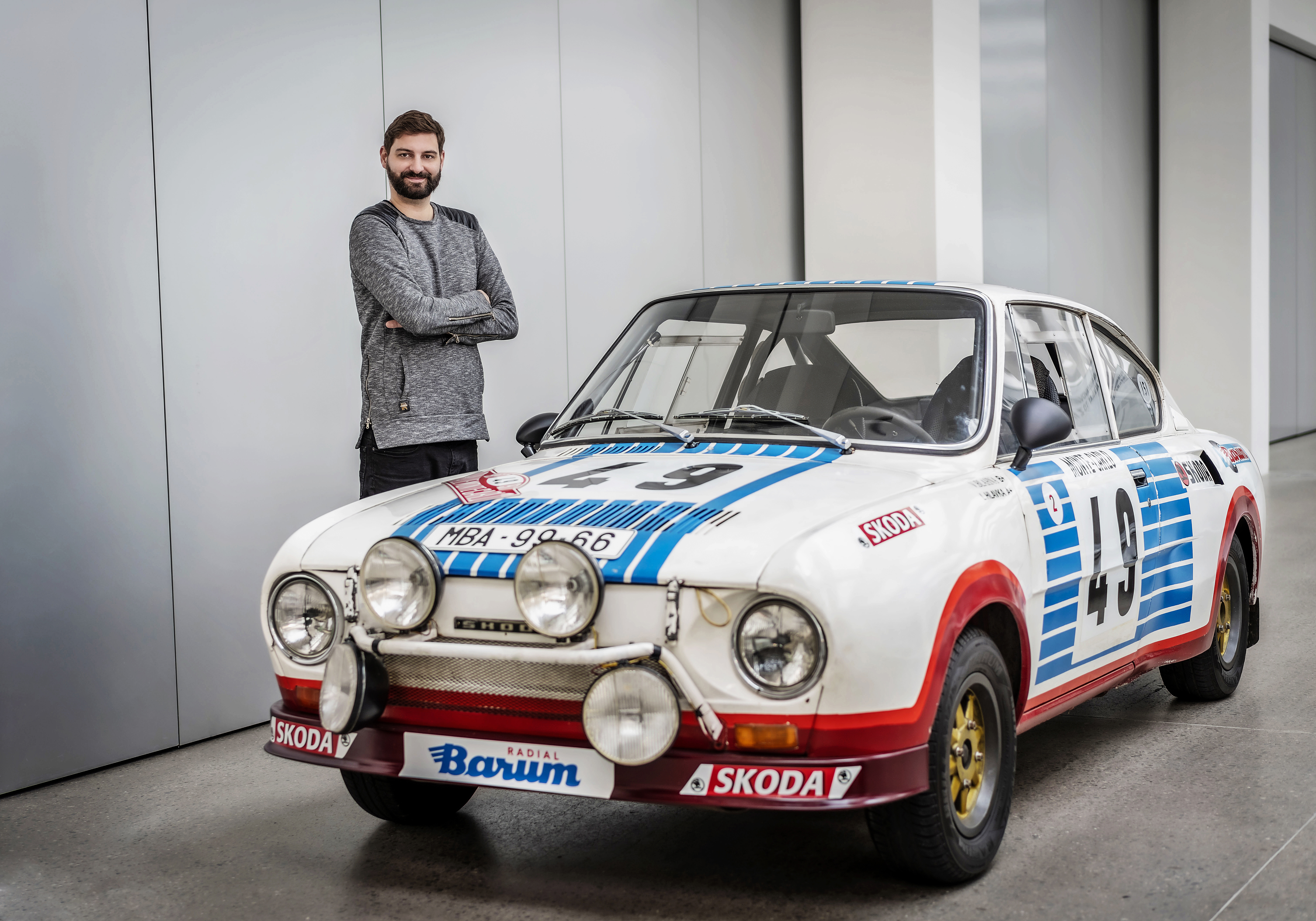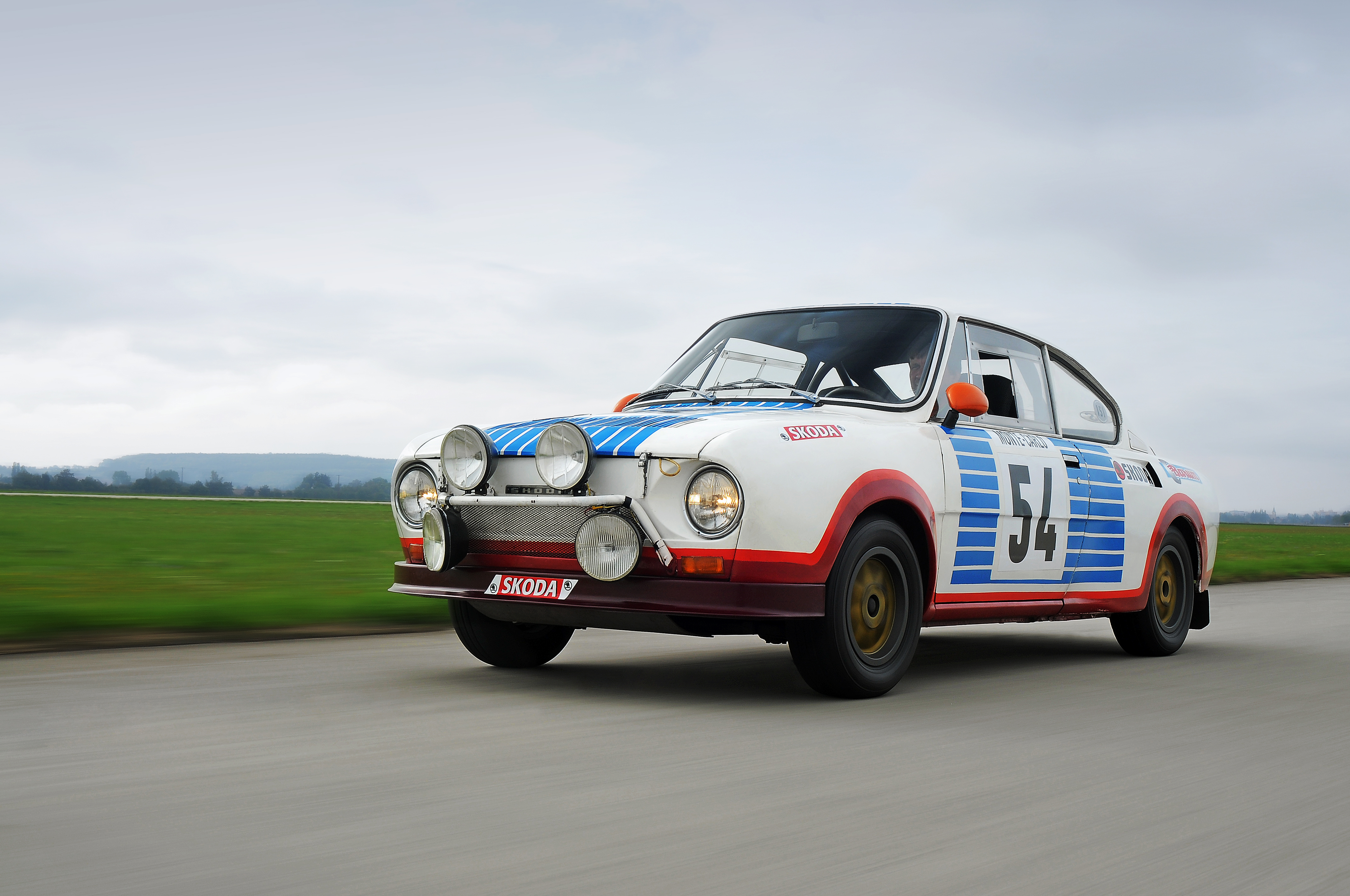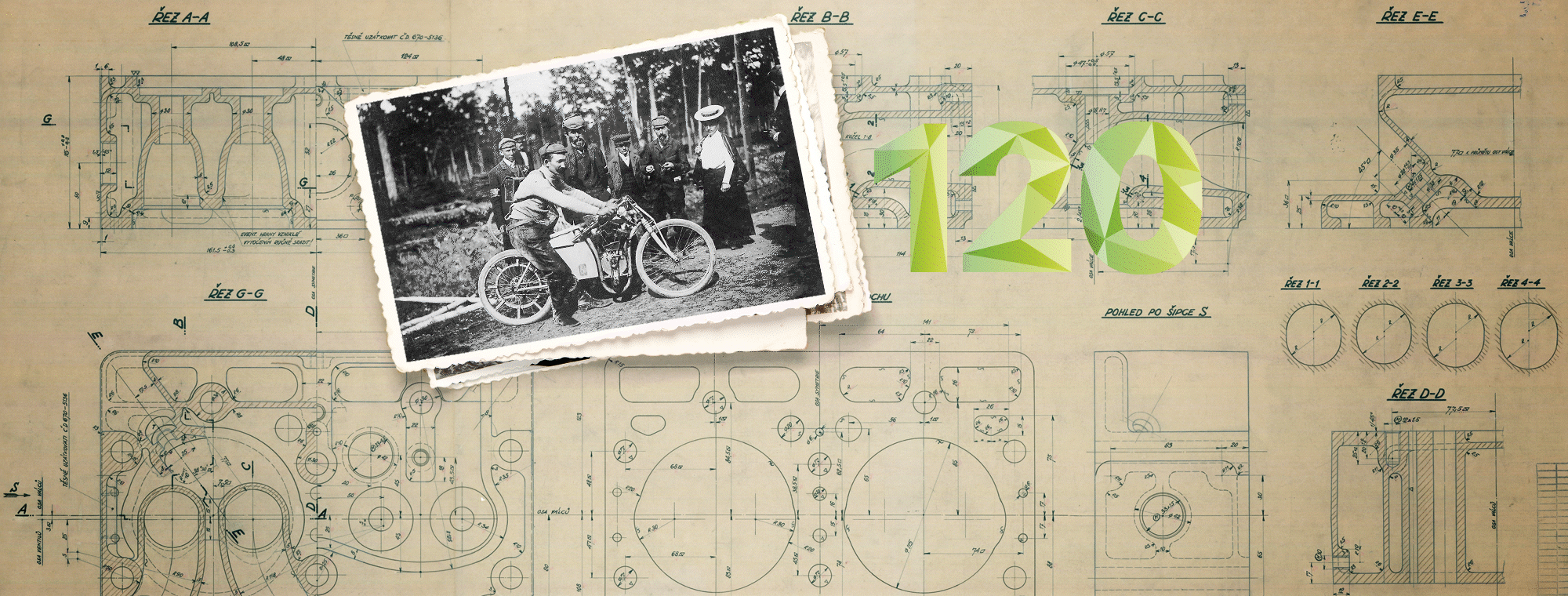As Aymeric Chertier walks around the magnificent specimen of the 130 RS in the ŠKODA Museum, he can’t hide his admiration. “This car was made with one clear purpose that radiates out of it. It was meant to be fast, and it was designed and constructed accordingly. Everything serves that purpose: the body shape, the roll-bar, the seats, the overall arrangement of the interior. Everything was created with function in mind, so that this car would be the fastest,” he describes. It’s evident that he loves cars that have a clearly defined purpose and function and that contributing to the Icons Get a Makeover project by reimagining the 130 RS was a labour of love for him.

“It is that essence, that purpose, that I tried to transpose into my modern interpretation of the 130 RS,” Aymeric explains. He learnt to think hard about the essence of a product during his university studies. “The industrial reality is a bit more pragmatic. Our products are the result of compromise and respect the risk represented by the huge investment in them. The investment simply has to pay off,” he says, describing the principles of his day-to-day work. With his modern interpretation of the 130 RS, though, he was able to take the shackles off his imagination and create a car that was anything but a safe bet, a car that arouses passions and wants to be a real piece of sporting equipment, just like the 1970s legend.

His study of the 130 RS is therefore more than just a stylish car that wants to turn heads with a retro design inspired by a successful racing model. “In its day, the 130 RS was a car that broke down many barriers and was completely out of the ordinary,” says Aymeric, possibly without realising that his statement is true in more than one sense. That’s because the 130 RS, a product of the then communist Czechoslovakia, broke out of the confines of the communist bloc. The car's international success earned it the nickname “the Porsche of the East”.
























